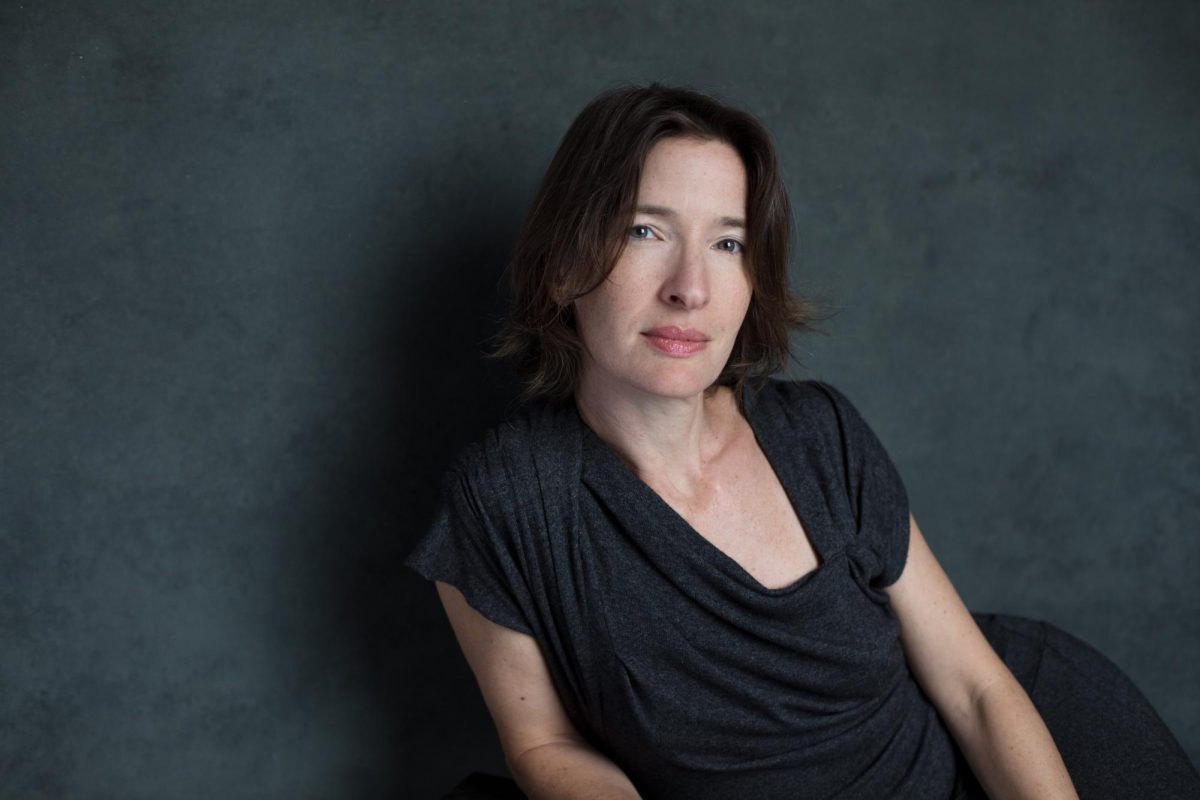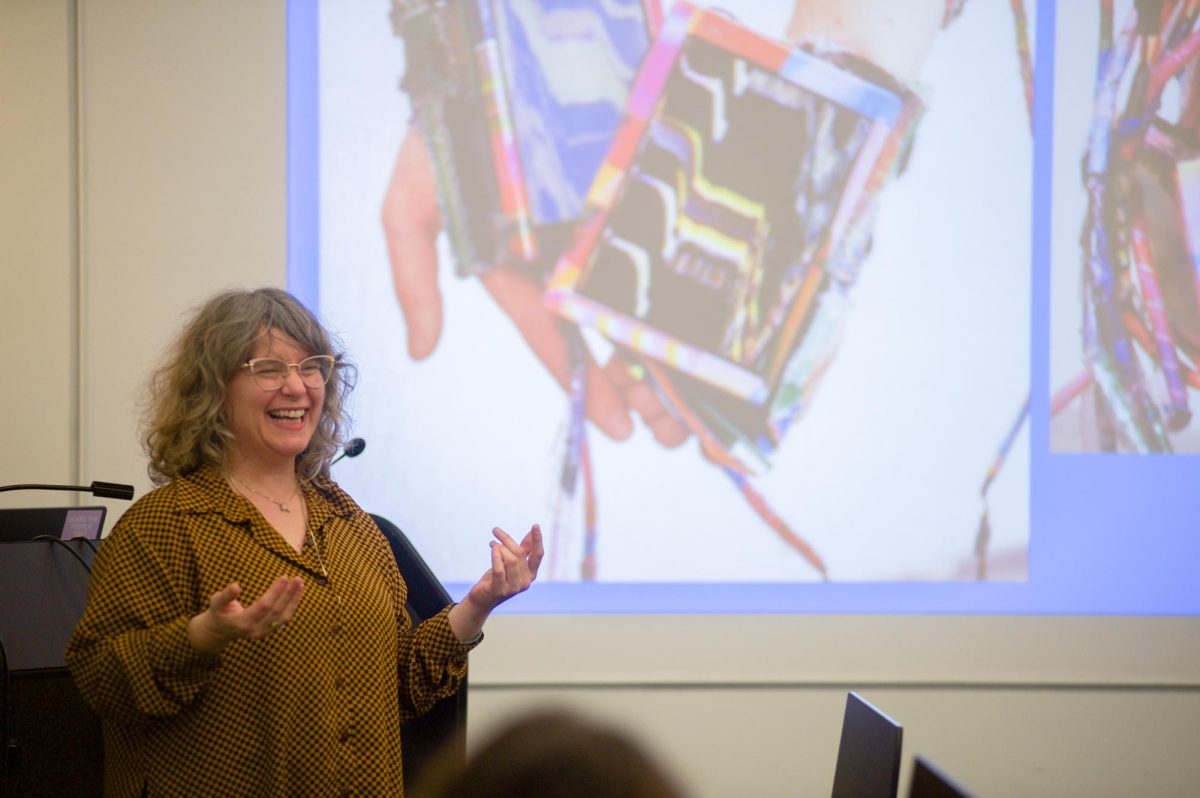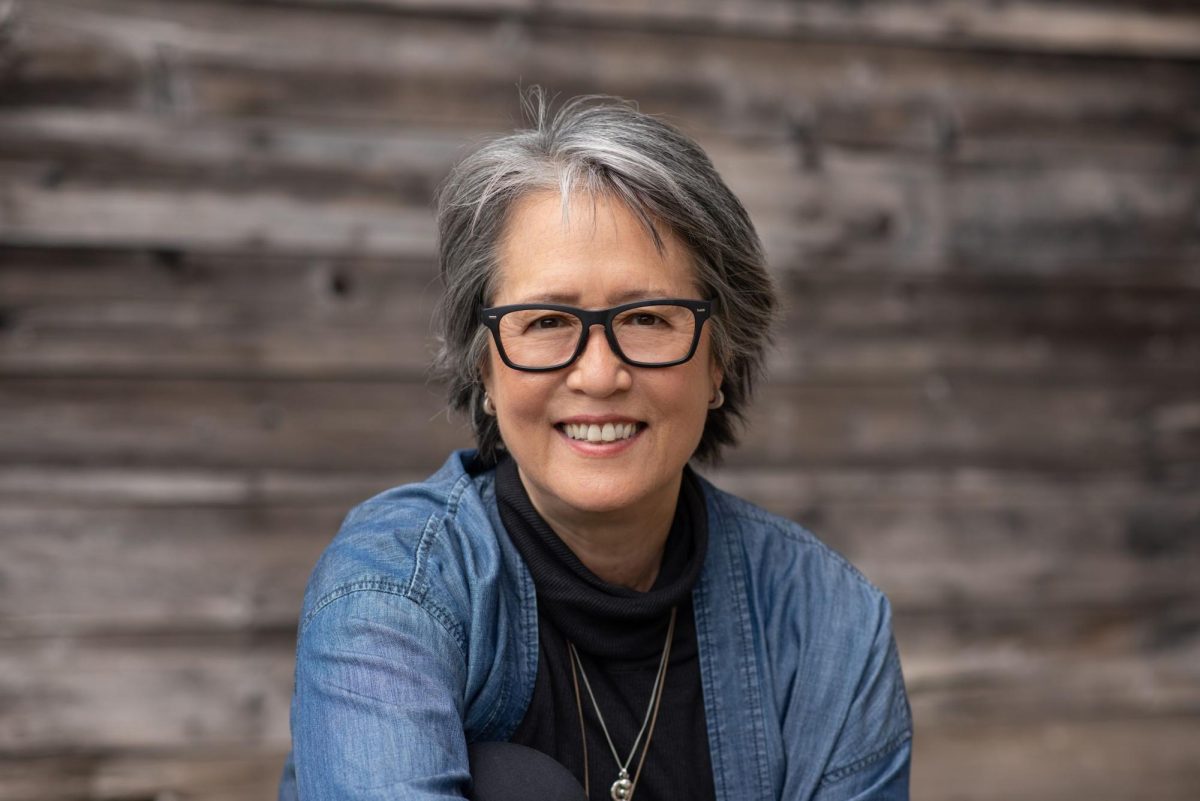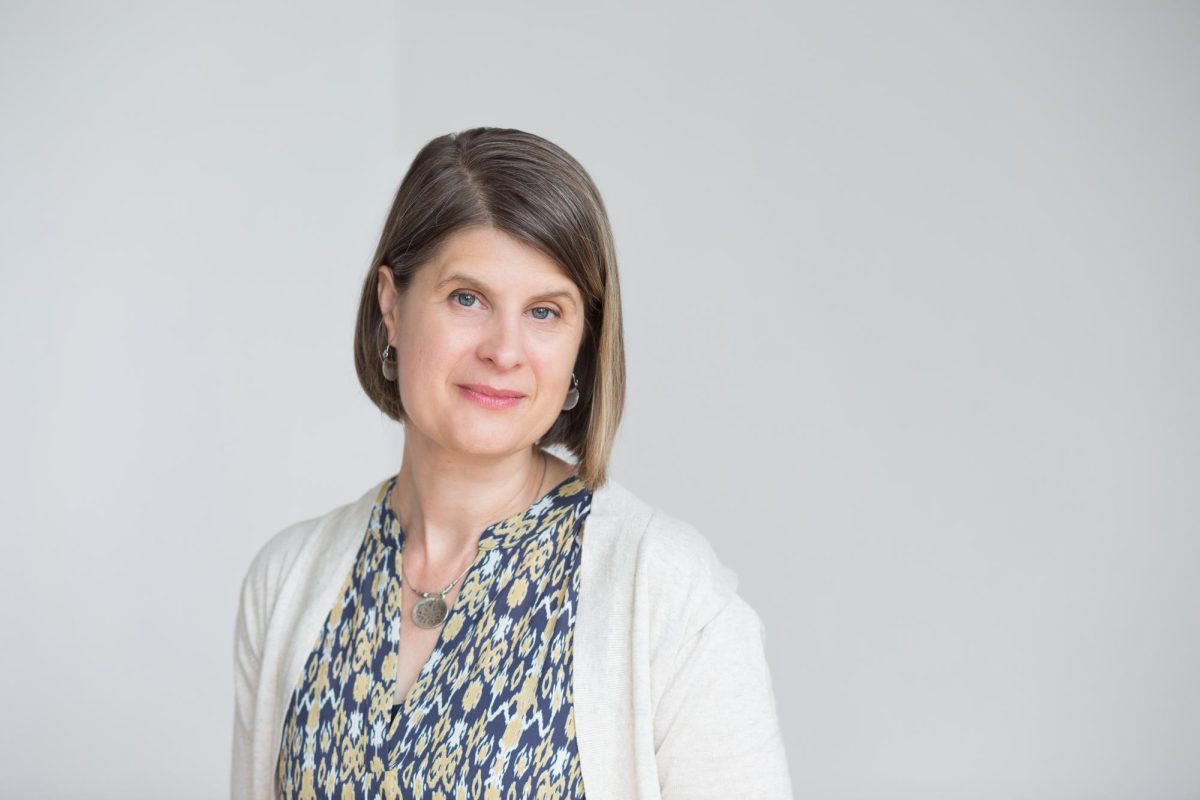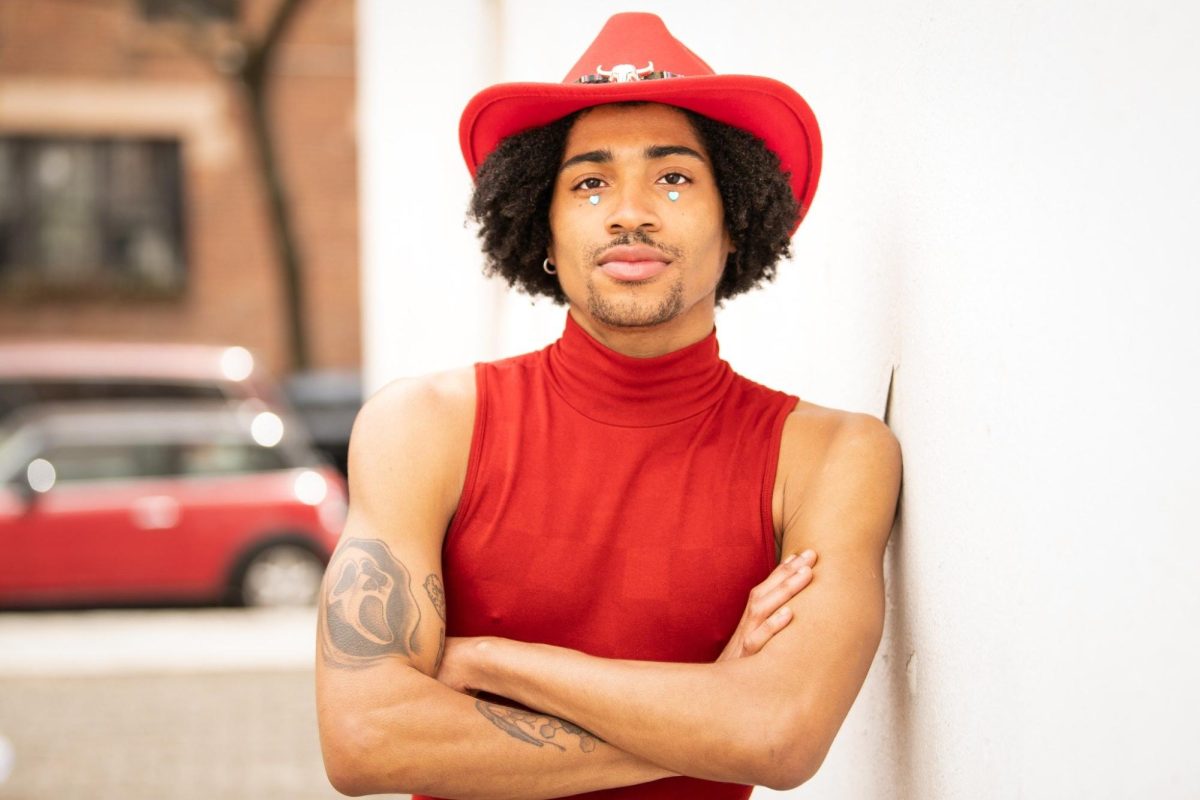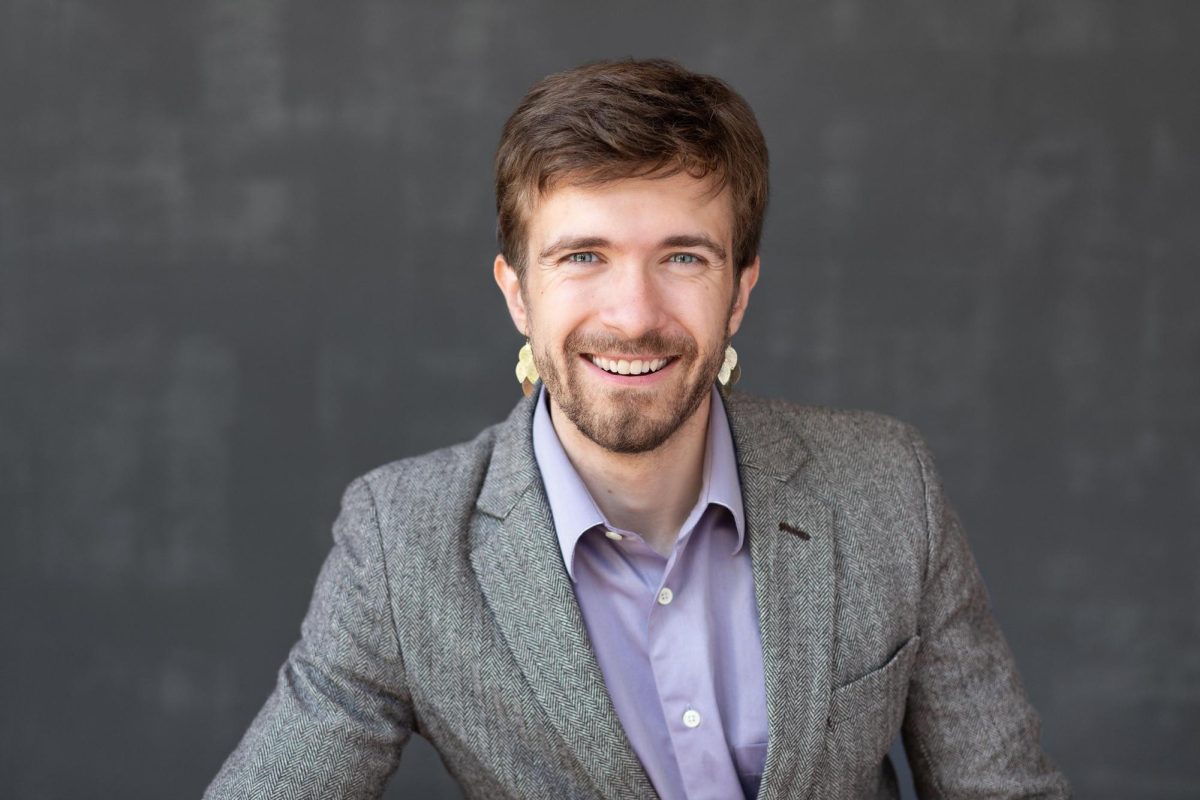Holly Handman-Lopez is an assistant professor of Dance at Oberlin College and has choreographed numerous works, including her three most recent engagements: Ancestra, L’Orfeo, and Oberlin Dance Company.
This interview has been edited for length and clarity.
Recently, you choreographed three mainstage productions: Ancestra, L’Orfeo, and Oberlin Dance Company. What has your experience been like choreographing these productions?
It has been amazing and a little bit wild. I got to do Ancestra over Winter Term, so that was really beautiful. I was doing a little bit of prep for L’Orfeo, the opera, and probably more prep for Your Sister in Exile, the ODC piece, but it was Winter Term, so it was spacious and I would just go in and rehearse with that cast. It was my first time working with Assistant Professor of Theatre Anjanette Hall, and that was dreamy. We had such a great time. I started working on the opera once classes started while also working on the ODC piece, so my creative brain was kind of divided. I was very conscious of not wanting to repeat myself over the course of a single semester and very careful to keep the movement vocabulary that I was developing for Your Sister in Exile very separate from what I was doing for the opera. I hope people will come to the ODC concert on May 3 and 4, at 8 p.m. in Hall Auditorium. We have an incredibly talented group of dancers, musicians, and actors. This is also the funniest piece I’ve ever allowed myself to make. It’s a tragic story, but there are so many comedic interludes. I’m no longer worrying about my work being high or low art, I just make work that I love.
How do you make each choreography distinct from one another? Do you find yourself drawn to specific movements?
I certainly do. A student of mine who graduated last year and was an Opera and Dance student emailed me after watching the livestream of the opera. They said my fingerprints were all over it. They could see dance moves and things we had done, so I’m sure that I do have tendencies and a style that one would be able to recognize throughout the works.
In Ancestra, we had an incredible set that Scenic Designer and Lecturer in Theater Laura Carlson-Tarantowski created with all of these trees. It took place largely in this forest. It was like this wonderful obstacle course that was, at times, musical. There were times when we were tapping on the trees and getting different tones, and there were also times where it just gave us something to work off of. It impacted the spacing and the organization of bodies. It gave us something to do, like a peekaboo. That was a really fun catalyst of inspiration for movement on that piece. Then I had to consider the time period that Ancestra was set in. I could not choreograph movements that would be identifiable as out of that time. The dances were more human and organic, like young women running in the forest. Then we had these stylized, weird moves because the piece went back and forth between the late 1800s and more current times.
Would you be able to walk me through your process when choreographing a show?
They’re really different processes because when I’m working with a theater director, or when I was working with Anjanette, or when I was working with Visiting Assistant Director of Opera Theater Stephanie Havey on the opera, they often have their own way of working. I see my role as a choreographer as supporting their vision. Stephanie would come in and say she knows where she wants people, but what exactly they’re doing during that musical portion is up to me.
When I’m working with someone, it is a very different process than when I’m working on Oberlin Dance Company, where it’s just a total blank slate. For that kind of process, when I’m creating a piece from scratch, I definitely have ideas for a narrative or characters I like to work with. I feel like when I’m making a longer piece, like something that’s 45 minutes to an hour, I only tend to do that when I really have a story I want to tell. So I will think about the different characters and the situations they’re in and why I find that interesting or compelling or what I want to say about it. Then I work with performers who often like to improvise.
How do you view dance as an art form to connect with the body?
It’s such a natural thing, akin to talking and singing, but we forget to do it sometimes in our culture. When I’m dancing, I feel centered and grounded. If I stop, I feel the energy getting stuck or blocked, and then I realize, I gotta move, I gotta go dance. I feel like we should all dance every day. People get in their heads thinking, “Oh, I’m not a good dancer,” or “I’m not classically trained,” but I’m not talking about that.
I used to teach at an early childhood center, and so I had 18-month-olds, two-, three-, and four-year-olds. They’re so free, uninhibited, and beautiful to watch. I think we often lose that freedom and that playfulness. Dancing and teaching dance is a lot about reintroducing that sense of play that I think most everyone has when they come into the world. You can train all the natural movement right out of your body. Sometimes, there can be an incredibly trained ballet dancer who can do these superhuman feats, but they can’t walk like a human, bend over and pick something up, and stand. We can lose access to the most natural actions when we’re focusing so diligently on virtuosity. I’m more moved by seeing something true, wild, or vulnerable than something perfect.


